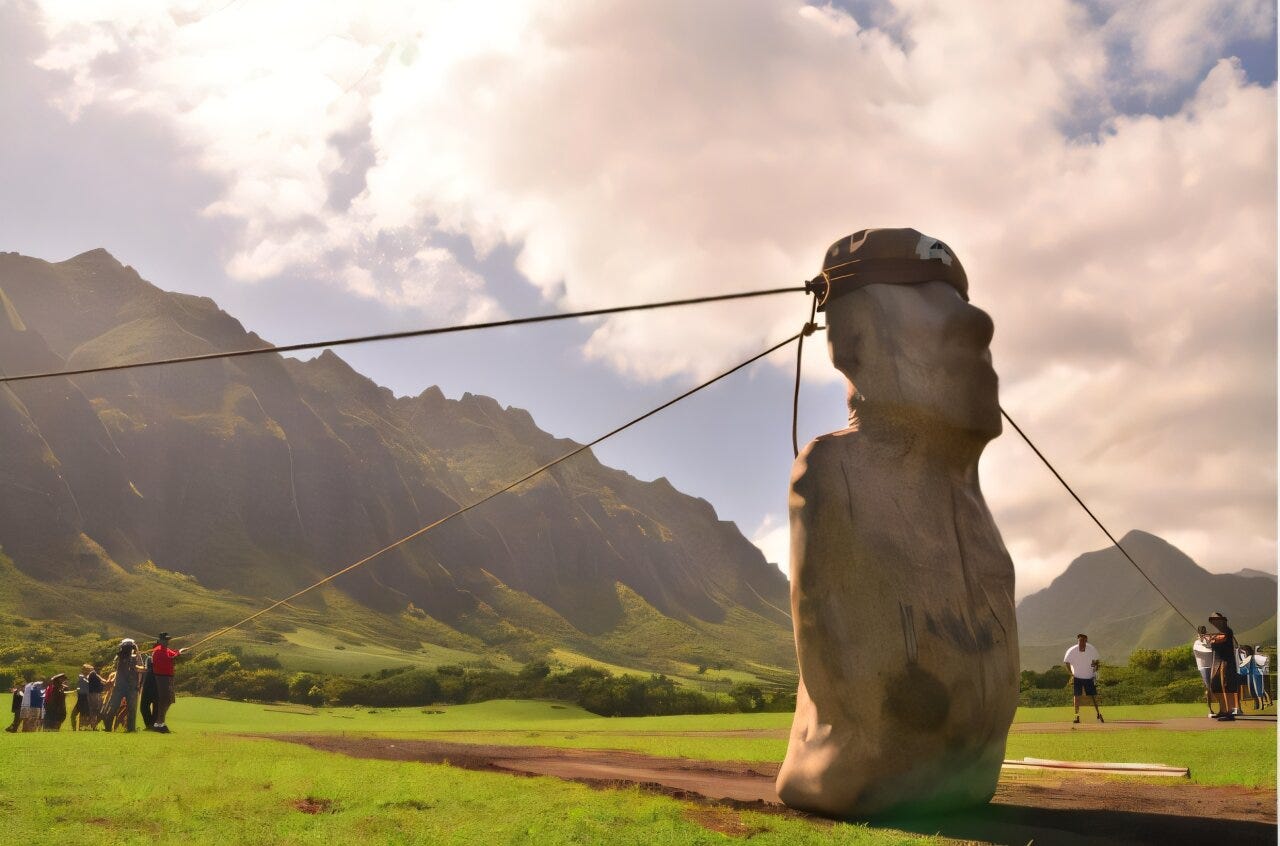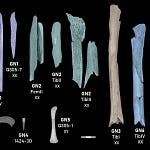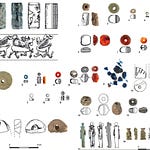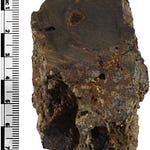The Myth of Impossibility
Few images of the past capture the human imagination like the moai of Rapa Nui. Their towering silhouettes, scattered across volcanic slopes and coastal platforms, have come to symbolize both the brilliance and the supposed folly of an isolated people. For more than a century, archaeologists, engineers, and storytellers have debated how the islanders—without wheels, metal tools, or beasts of burden—moved statues weighing up to 80 tons across rugged terrain.

The explanations have ranged from the plausible to the fantastical: massive sleds of palm trunks dragged by hundreds of laborers, log rollers that supposedly stripped the island’s forests bare, even extraterrestrial engineers lending a hand. But new research1 from archaeologists Carl Lipo and Terry Hunt upends the narrative once again—and this time, physics is on their side.
Their conclusion: the moai walked.
“It’s not only possible but highly efficient,” says Dr. Carl Lipo, an anthropologist at Binghamton University. “Once a statue is rocking upright, it can essentially walk itself forward. The design of the moai makes that movement almost inevitable.”
Listen to this episode with a 7-day free trial
Subscribe to Anthropology.net to listen to this post and get 7 days of free access to the full post archives.









